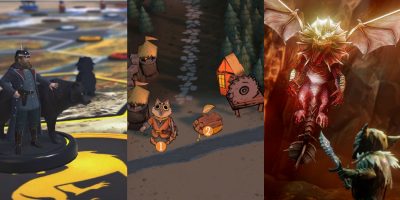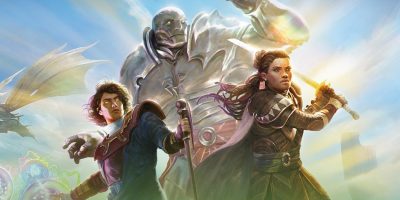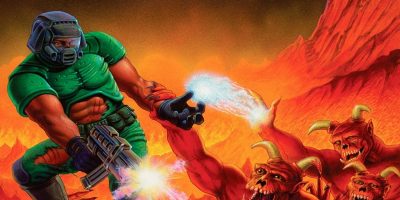
While everyone’s heard of Nintendo, PlayStation, and Xbox, you might have fond memories of playing some of the most obscure gaming consoles and their collections of games. Sure, these underrated consoles may have never gained as much traction as their more well-known counterparts, but that doesn’t mean they’re not worth taking a second look at.
Looking to buy retro games and forgotten game consoles? Use these sites to buy retro games and consoles.
10. Fairchild Channel F
Despite lasting for seven years (1976 to 1983), the Fairchild Channel F isn’t the first console that jumps into gamers minds. It definitely didn’t have the most impressive graphics, but it was an early console. Its design was one future consoles would emulate, such as using cartridges for games and using a microprocessor.
If you love having a pause feature, you might want to thank Fairchild as it was the first console to have a pause option. The handheld joystick controllers could actually be stored inside a compartment in the first release of the console. Zircon (who bought out Fairchild) released a version of this joystick for the Atari system.
Total, the system had 27 available cartridges called Videocarts. Both Hockey and Tennis were built in, but Alien Invasion, Baseball, Space War, and multi-game Videocarts with games like Tic-Tac-Toe, Shooting Gallery, Doodle, and Quadra-Doodle all on the same cartridge.
9. Atari Lynx
While the Atari 2600 is Atari’s most well-known console, the Atari Lynx is one of their more obscure gaming consoles. The handheld had stiff competition against Nintendo’s Game Boy and Sega’s Game Gear, despite being released before either console. It was actually the first handheld to feature a liquid crystal display in color.
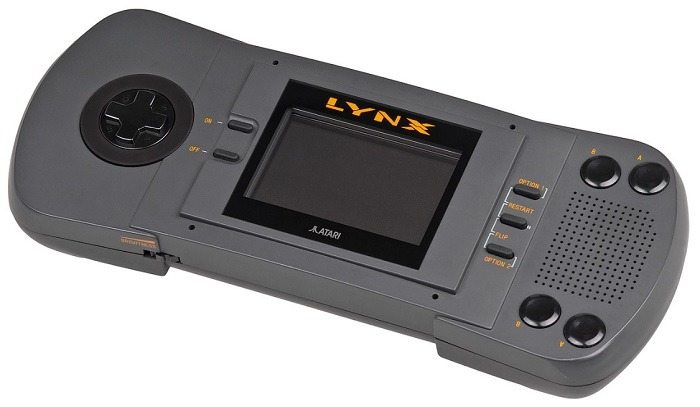
It could’ve been a powerful contender, but games tended to load slowly and it was overly large for a handheld. However, you could link up to 15 units for massive co-op play. It had a fairly long life (1989 to 1995), but Atari ceased development to focus on the quick to fail Jaguar system.
All in all, 73 games were released for the system during it’s lifespan. Some of the most popular titles include STUN Runner, Roadblasters, Joust, and Hydra.
8. Virtual Boy
Usually, Nintendo’s systems are game changing, pun completely intended. But, the company would probably prefer if you just forget about the Virtual Boy. This was Nintendo’s foray into 3D gaming, but it went terribly wrong. Instead of a fun system, it was nothing but headaches, literally.
The 32-bit tabletop system was first released in 1995. It was also the first system designed for 3D graphics. While that all sounds great and innovative, it was uncomfortable to play. Gamers had to sit at a table and press their head into the display. A parallax effect helped create the illusion of playing in 3D. Overall, it ended up being a bad design with poor graphics and ultimately flopped.
It only lasted one year and had 22 games, with only 14 being released in North America and 19 in Japan. However, you could play Tetris 3D, Mario Clash, and Galactic Pinball among others.
7. Intellivision
Today, Mattel is best known for toys like Barbie, Fisher Price, and Hot Wheels. But, in 1979, Mattel released the Intellivision. Despite being one of the more obscure gaming consoles, it’s actually considered one of the most popular of the time period. In fact, it had a lengthy lifespan from 1979 to 1990, though INTV bought out the Intellivision from Mattel in 1984.
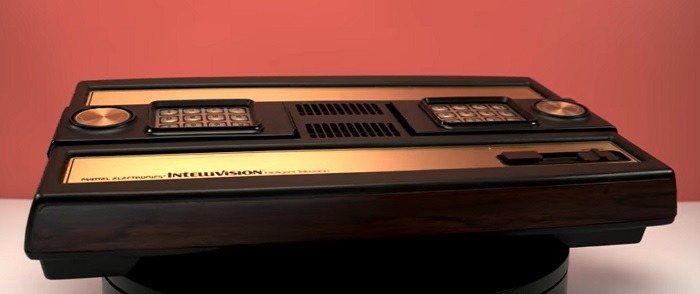
It was a weird design that resembled an old answering machine with phone/small remote control looking controllers. It quickly gave the console giant Atari some serious competition from 1980 to 1983 thanks to better graphics and sound than the Atari 2600. The Exec software on the console’s ROM made it easy for developers to create new games quickly. Other version were released with other controllers and designs.
While over 120 titles were released, the sports games were the favorites, such as PGA Golf and Major League Baseball. However, games like Shark! Shark! and Astrosmash were also big hits.
6. Hitachi Hi-Saturn Navi
You’ve probably owned at least one Hitachi electronic during your life, but have you ever heard of the Hitachi Hi-Saturn Navi? Since Hitachi supplied many of the components of the Sega Saturn system, the company was also allowed to create their own variant, which released in 1995. This was a slightly different version than the original Hitachi Hi-Saturn. This is why it looks very similar to Sega’s system, though a bit beefier with some extra features.
This system was made for on-the-go play. A folding LCD screen attached to the RAM cartridge slot. There was a car charging port and even GPS capabilities. Though, you probably didn’t want to drag the console along just for navigation. The best part was you could play all your Sega Saturn games on the system. Or, host a karaoke party. Yes, it was a karaoke machine too.
It wasn’t a long lived console, but the concept was a good one. Plus, you could take Bomberman, Panzer Dragoon, and Tempest with you in the car.
5. Nokia N-Gage
Before smartphone gaming was the norm, Nokia introduced the N-Gage in 2003. The company wanted to compete with the Game Boy Advance by offering users both a gaming system and mobile phone all rolled into one. Sure, that sounds normal now, but in 2003, it was innovative.
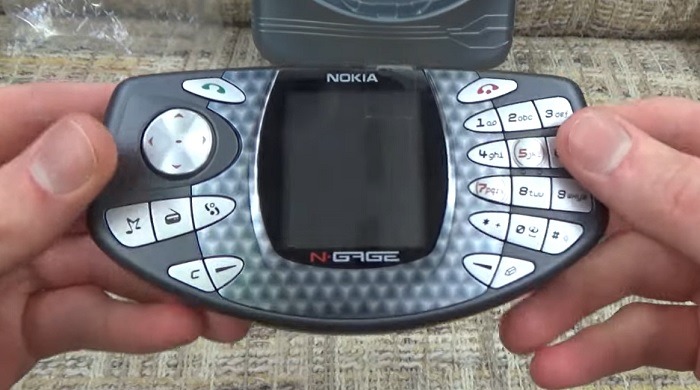
Sadly, the phone console didn’t have the best design. It even got the nickname of taco phone due to the curved design. Plus, the phone buttons didn’t exactly make great game controls. Overall, it wasn’t well received, even after Nokia released the N-Gage QD a year later. Still, it did sell over two million units.
Gamers could purchase games digitally or physical cartridges, though you could download Pathway to Glory (the very first game) for free. You could also download titles like Warhammer 40,000: Glory in Death, Rayman 3, and SonicN.
4. Sega Nomad
You didn’t need Hitachi’s Hi-Saturn Navi to play your favorite Sega games. Instead, just play the Sega Nomad, or Genesis Nomad. As you might expect, this was designed to be the portable version of the Sega Genesis and was based off the Mega Jet, which was used in Japan Airlines flights.
Surprisingly, the Nomad wasn’t meant to replace the Game Gear and always felt more like an afterthought than a full-fledged gaming system. It was first released in 1995 and was officially discontinued in 1999, though it was already performing so poorly that it was selling at around a third of the original price.
Originally, the system was supposed to be touchscreen, which would’ve helped. But, that technology was too expensive, so Sega scrapped the idea. With Sega supporting so many other consoles at the time and Nintendo’s Game Boy still reigning supreme, the Nomad really never stood a chance. However, you could play around 500 Sega Genesis games on it.
3. Neo Geo CD
The Neo Geo CD was SNK Corporation’s second console, with the first being the Neo Geo AES. SNK Corporation branched out into home consoles due to the success of the Neo Geo MVS arcade system used in arcades worldwide. The Neo Geo CD was first released internationally in 1994 and in North America in 1996. However, it was discontinued a year later in 1997.
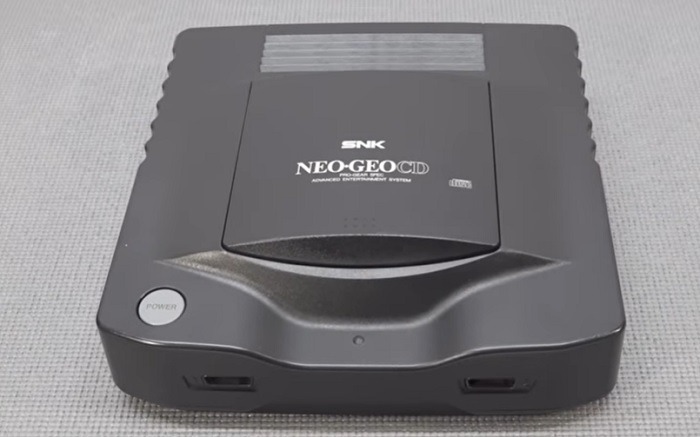
Both front-loading and side-loading versions were released. One of the first problems was the slow loading times, with games taking up to a minute to load. On the other hand, SNK Corporation released many of the popular MVS arcade games for home play, which did boost the system’s popularity a little. It also featured a more standard controller versus a joystick like the AES.
You could play popular games like Power Spikes II, Puzzle Bobble, and Pleasure Goal: 5 on 5 Mini Soccer. Despite the games available, the system and the games were priced too high to be competitive, even though everything was cheaper than the AES.
Some gamers are still using the console today to play old CD games.
2. Apple Bandai Pippin
Apple has never really been known as a competitor in the gaming market. The failed Apple Bandai Pippin, also called Apple Pippin, may be why. As usual, Apple tried to make a product that could do everything so you wouldn’t need as many products from competing brands. That’s when the Pippin was born in 1996 and lasting just a year.
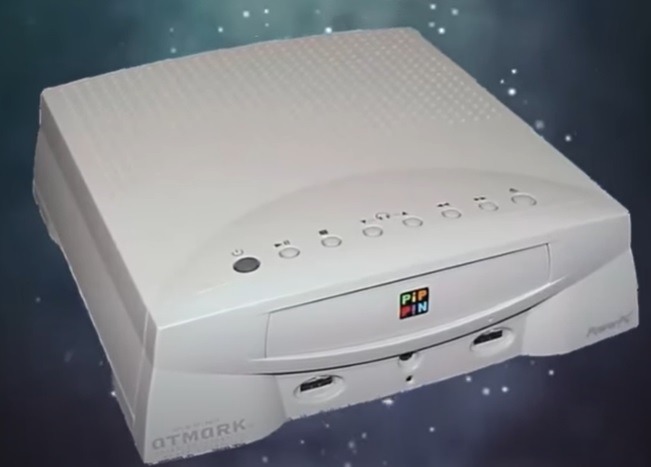
Pippin is a type of apple, keeping with the Macintosh apple naming scheme. The system was never meant just as a gaming console, but an entire entertainment and communication system. Bandai originally wanted to use a Mac-based system to create a gaming console. While it started simple, Apple planned to release more features. The console even featured Internet connectivity and a six-month unlimited Internet plan, despite many users not even having access to dial-up at the time.
By the time development was done and pushed to market, Sega, Sony, and PC gaming were already dominate and the system failed. Plus, the console costing more than the competitors along with a lack of games killed the platform. Still, you could play games like CineNoir and Super Marathon.
1. ColecoVision
ColecoVision had a similar design to the Fairchild Channel F and first launched in 1982. Like most consoles at the time, Coleco wanted to compete against the Atari 2600. It only had a lifespan of three years, but sold over two million units during the short run.
The console was more powerful than many of its competitors and boasted a library of over 130 games, including the first version of Donkey Kong you could play at home. There was even an expansion module to play Atari 2600 games. Many players loved that it offered smoother graphics than Atari.
Sadly, the game console market sort of crashed around 1983 and by 1984, Coleco started suffering from declining sales even after investing in multiple costly expansions. In 1985, the company bowed out of the market to focus on other areas, such as the wildly successful Cabbage Patch Kids dolls.
Of all the obscure gaming consoles, this one really should’ve made it, but it was a sad case of bad timing.
Looking for more about gaming consoles and games? Check out some of the best subreddits for gamers to discuss everything gaming. Or, try out these gaming websites instead.
Image credit: Unsplash












